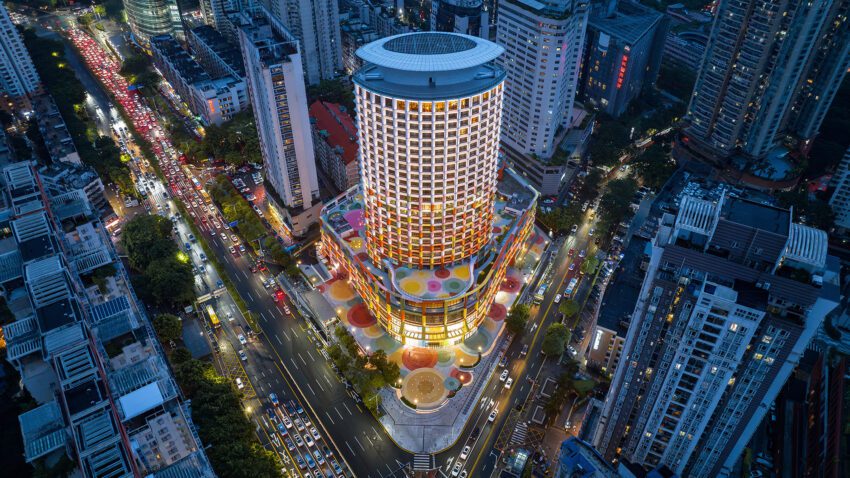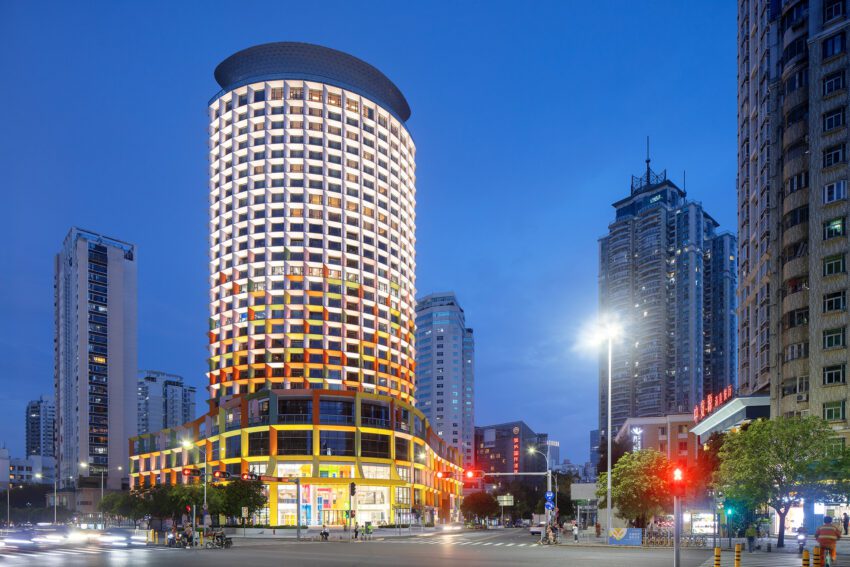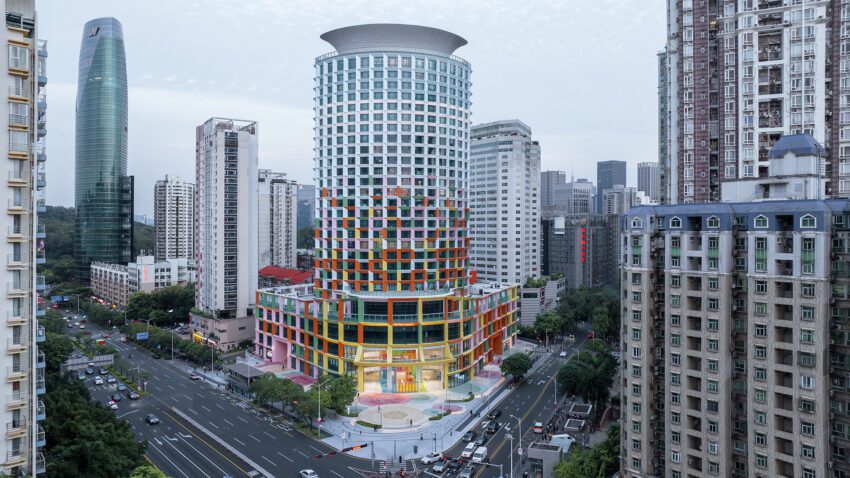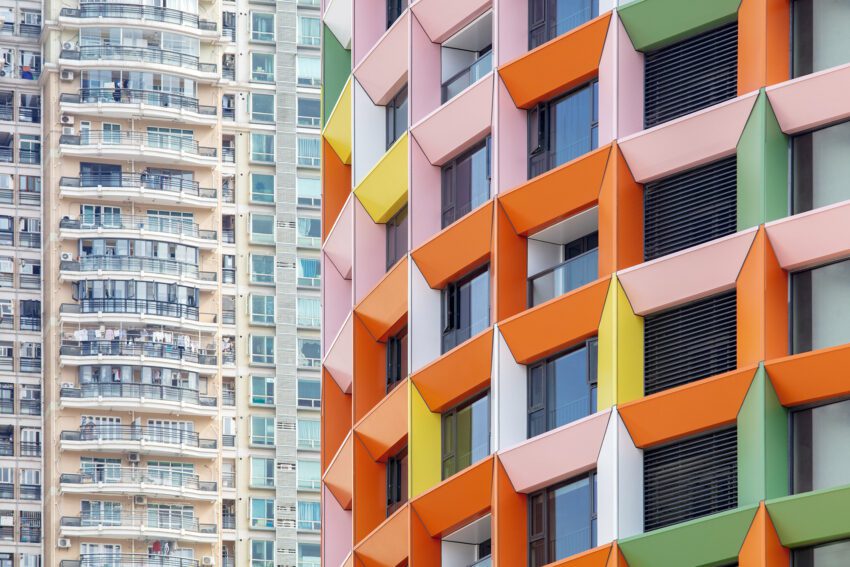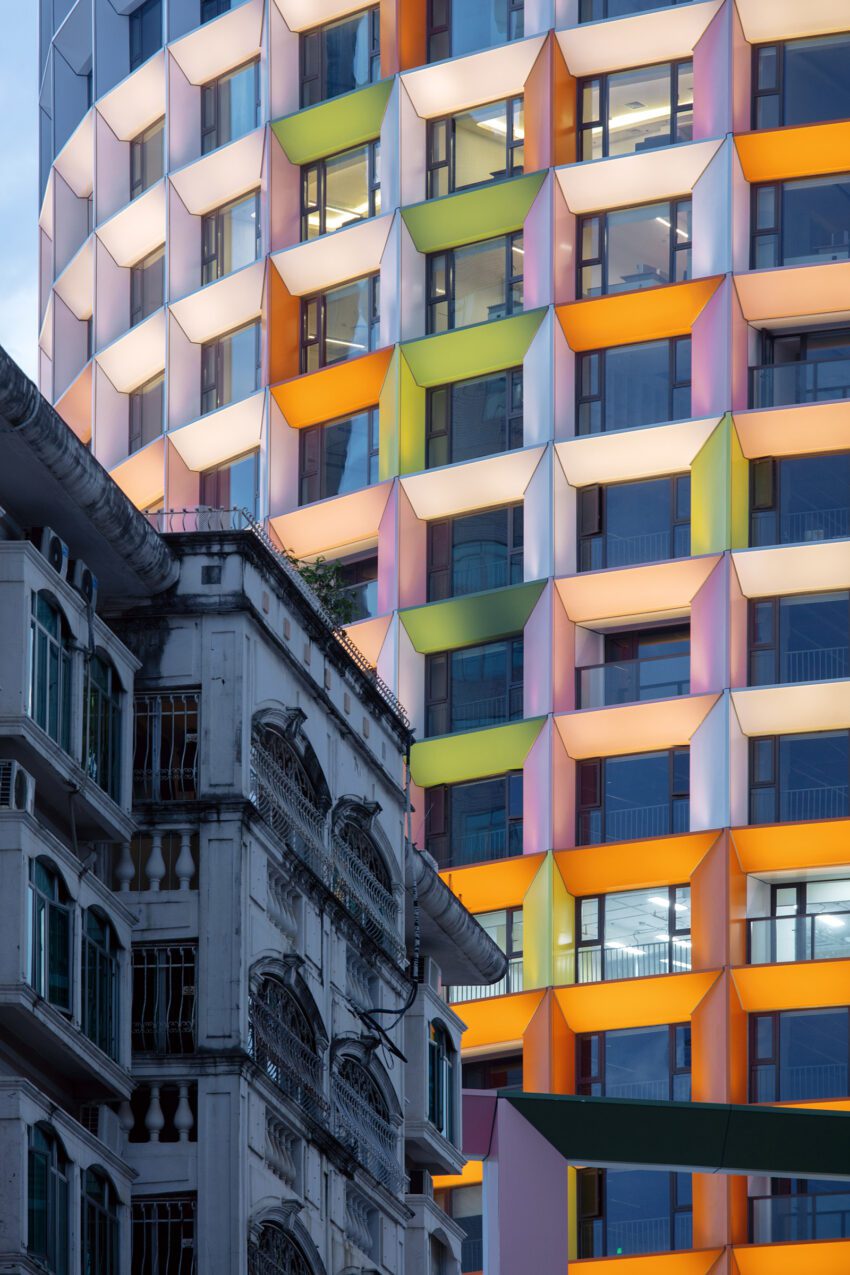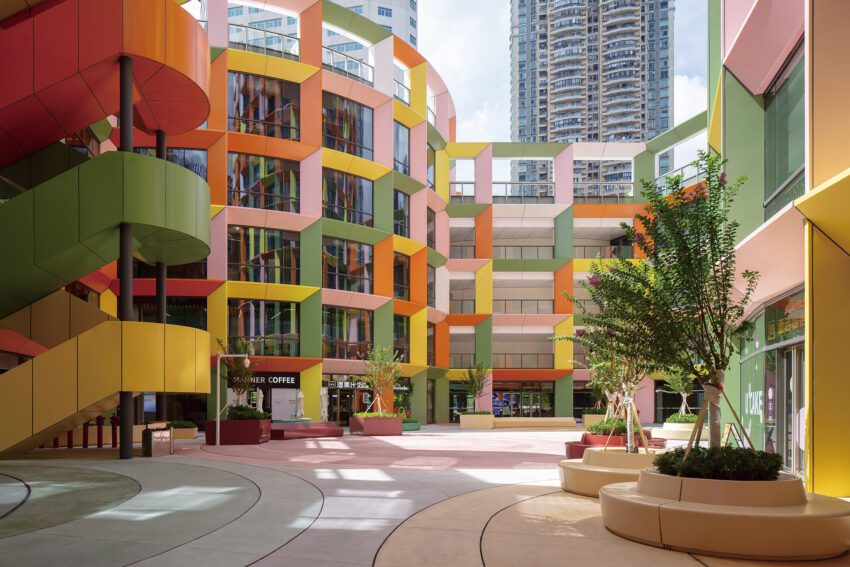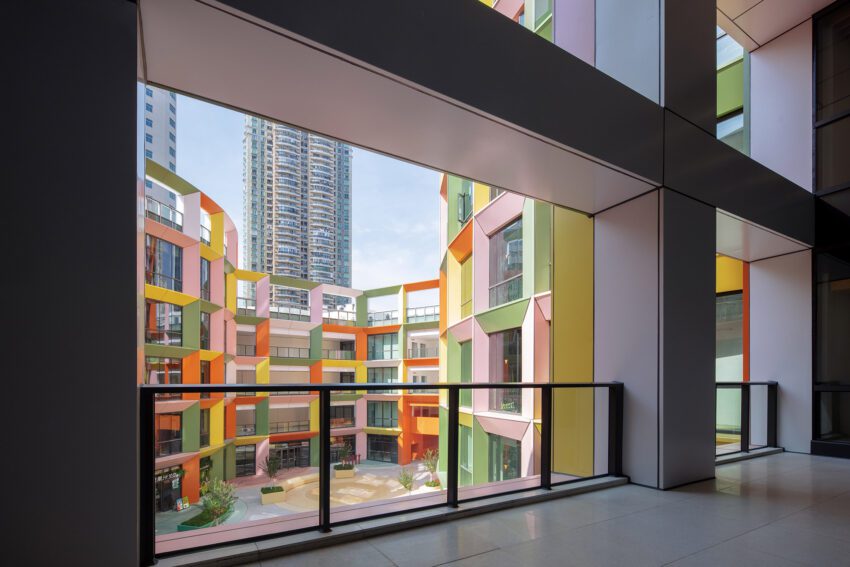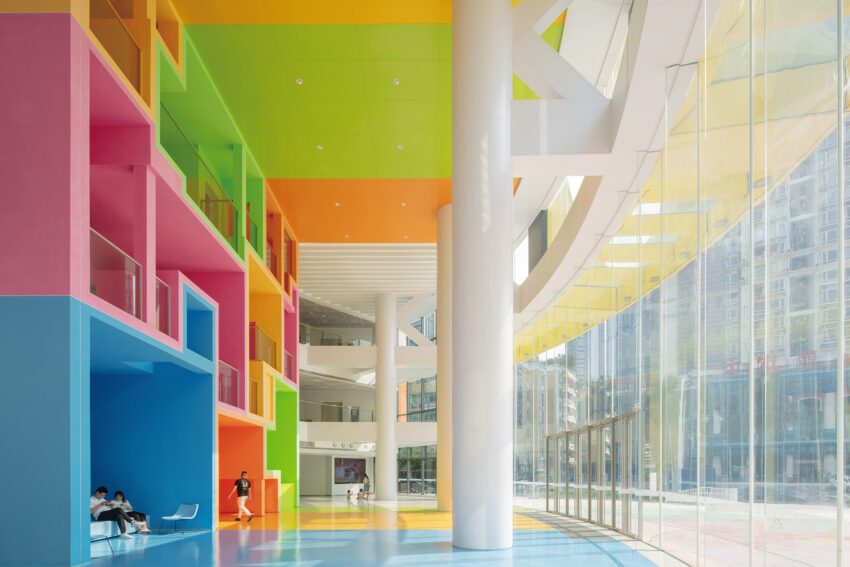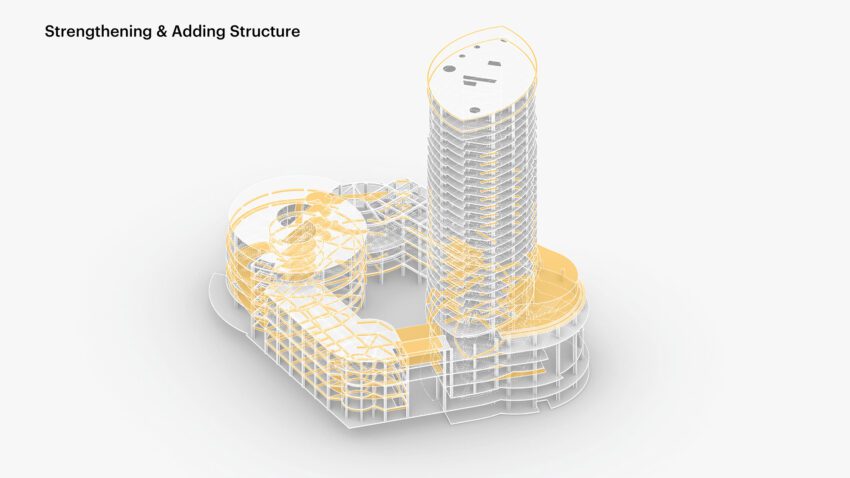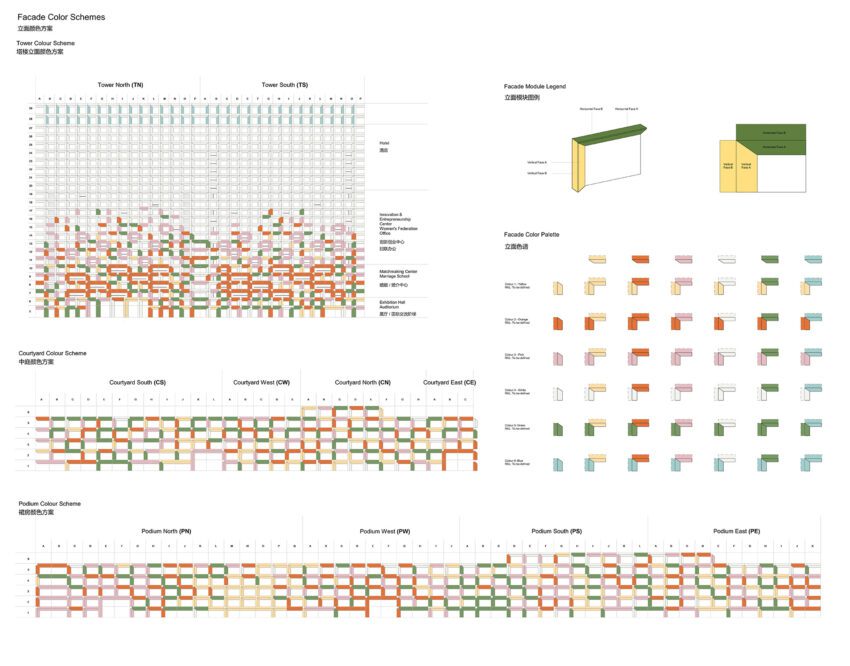In a significant move towards sustainable architecture, the Shenzhen Women and Children’s Centre, designed by MVRDV, has undergone a remarkable transformation. Completed in September 2023, this project is a pioneering example of adaptive reuse in China, showcasing the potential of repurposing outdated structures to meet modern needs while adhering to environmental goals.
Shenzhen Women & Children’s Center Technical Information
- Architects1-15: MVRDV
- Location: Futian District, Shenzhen, China
- Client: Shum Yip Group Limited
- Topics: Color in Architecture
- Area: 57,900 m2
- Project Year: 2019 – 2023
- Photographs: © Xia Zhi
With the city’s fast-paced growth, many existing buildings were not really designed to have a long lifespan. That is a recipe for either an epidemic of demolition or, ideally, a great wave of adaptive reuse. Showing that even the most inadequate of these structures can be reused could save a crazy amount of concrete going to landfill – and eliminate millions of tonnes of carbon emissions that would have been created replacing that concrete.
– MVRDV founding partner Jacob van Rijs.
Shenzhen Women & Children’s Center Photographs
A New Life for an Old Tower
Originally built in 1994 during Shenzhen’s rapid urban expansion, the tower faced numerous issues, including persistent fire safety concerns and environmental inefficiencies. By 2019, it was evident that the building was no longer fit for purpose. In alignment with China’s ambitious carbon reduction targets, the National Development and Reform Commission selected the Shenzhen Women and Children’s Centre as a model example of revitalization.
Sustainable Transformation by MVRDV
MVRDV’s comprehensive redesign preserved the existing structure, avoiding the carbon-intensive process of demolition and reconstruction. The most striking feature of the transformation is the new colorful façade. This grid of multi-colored exterior frames not only enhances the building’s aesthetic appeal but also improves its environmental performance. The frames provide additional shading to reduce thermal heat gain and incorporate openable panels for natural ventilation, thereby decreasing reliance on air conditioning.
Enhancing Functionality and Public Space
The redesign goes beyond aesthetic and environmental improvements. The tower’s crown now hosts a large terrace offering panoramic views of the surrounding Futian district. The former car park courtyard has been converted into a vibrant public space with a food court, promoting community interaction. Additionally, relocating the metro entrance inside the building enhances connectivity to public transit and supports the transition away from car dependence.
Significant Environmental Impact
The transformation saved approximately 24,000 cubic meters of concrete from the original structure, resulting in a carbon saving equivalent to 11,800 flights from Amsterdam to Shenzhen. This adaptive reuse highlights the environmental benefits of repurposing existing buildings, setting a precedent for future projects in Shenzhen and beyond.
A Vibrant and Functional Design
The colorful façade – featuring shades of yellow, orange, pink, and green – not only enlivens the building’s appearance but also communicates its layout. The vibrant plinth signals its function as a service center for mothers and children, while the hotel floors transition to a more neutral white. Inside, the main lobby continues this playful approach, with a structure of nine rooms forming a playground-like space designed to enhance children’s enjoyment during their visits.
A Vision for the Future
MVRDV’s Shenzhen Women and Children’s Centre exemplifies the potential of adaptive reuse in urban environments. As Jacob van Rijs, MVRDV founding partner, aptly states, “Showing that even the most inadequate of these structures can be reused could save a crazy amount of concrete going to landfill – and eliminate millions of tonnes of carbon emissions that would have been created replacing that concrete.”
This project not only addresses the immediate needs of the community but also sets a sustainable example for future urban developments, demonstrating that with innovative design and a commitment to sustainability, even outdated structures can find new life and purpose.
Shenzhen Women & Children’s Center Plans
© MVRDV
Shenzhen Women & Children’s Center Image Gallery

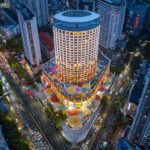
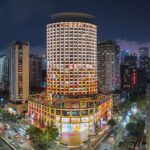
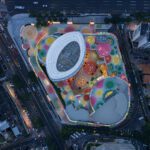

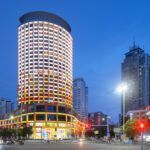
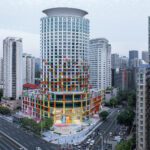

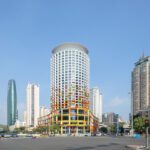
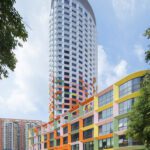
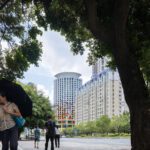
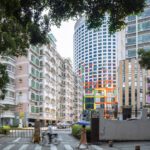
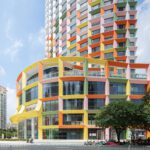
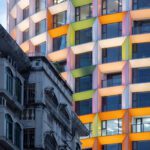
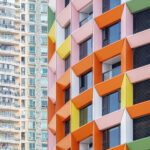
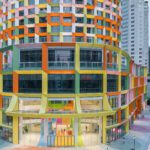
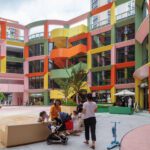
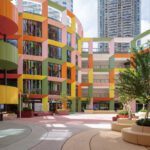
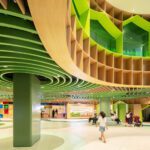





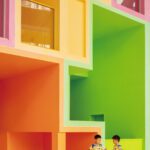
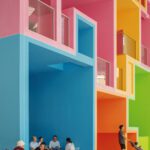



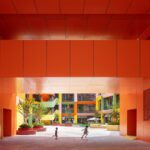
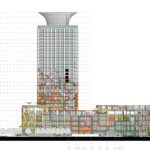
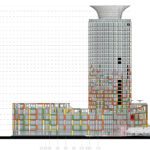

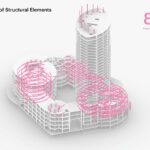

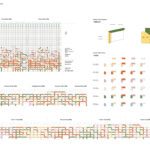

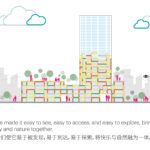
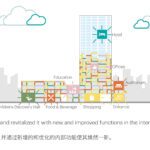
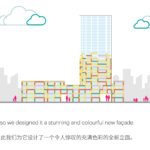
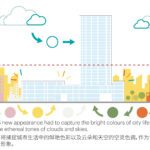
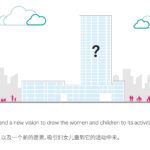
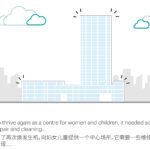


About MVRDV
MVRDV is a globally renowned architecture and urban design practice based in Rotterdam, known for its innovative and sustainable approach to design. Founded in 1993 by Winy Maas, Jacob van Rijs, and Nathalie de Vries, MVRDV creates iconic and transformative projects that address contemporary urban challenges. Their work spans various sectors, including residential, commercial, cultural, and public spaces, often characterized by bold forms, vibrant colors, and a commitment to environmental sustainability. MVRDV’s designs aim to improve urban living by promoting adaptive reuse, community engagement, and ecological responsibility.
Notes & Additional Credits
- Partner in charge: Jacob van Rijs
- Partner: Wenchian Shi
- Director MVRDV Asia: Steven Smit, Peter Chang
- Design Team: Lorenzo Mattozzi, Marco Gazzola, Giuseppe Mazzaglia, Daehee Suk, Fredy Fortich, Chi Zhang, Bertrand Tan, Siyi Pan, Albert Parfonov, Andrius Ribikauskas, Enrica Perrot, Martina Franco, Jiameng Li, Agnieszka Dabek, Paula Vargas Torres, Elisa Paneni, Peter Chang, Luca Xu, Hong Yang, Echo Zhai, Zhang Ruochen, Leo Zhang, Huang Cai, Peilu Chen, Xiaoliang Yu, Americo Iannazzone, Yihong Chen, Kefei Yan, Edvan Ardianto
- Interiors & Landscape Design: Lorenzo Mattozzi, Fokke Moerel, Pim Bangert, Giovanni Nardi, Daehee Suk, Jiameng Li, Bertrand Tan, Paula Vargas Torres, Luca Xu
- MVRDV NEXT: Boudewijn Thomas, Yayun Liu, Changqing Ye
- Project coordination: Jammy Zhu
- Visualisations: Antonio Luca Coco, Angelo La Delfa, Pavlos Ventouris, Francesco Vitale, Luana La Martina, Jaroslaw Jeda, Emanuele Fortunati
- Partners: Co-architect / Landscape architect / MEP: SZAD
- Project coordination: Shenzhen Women & Children’s Building Operation and Management Co., Ltd.
- Facade Consultant: KGE (King Glass Engineering)
- Structural engineer: Yuanlizhu Engineering Consultants (Shenzhen) Co., Ltd.
- Lighting Consultant: BPI (Brandston Partnership Inc.)
- Cost calculation: Jinxia Property Cost Consultation Co., Ltd.
- Interior architect: Jiang & Associates


